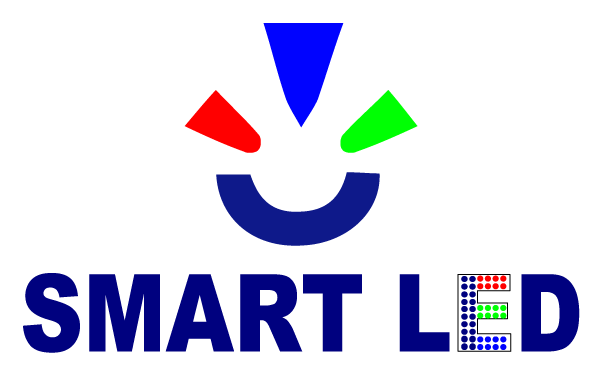The Rise of Language Learning Apps: A Digital Revolution
Introduction to Language Learning Apps
Language learning apps have become an integral part of modern education and personal development. These digital platforms offer a wide range of features designed to make learning a new language accessible and engaging. From interactive lessons to real-time feedback, these apps have revolutionized the way people acquire xxxvideostube.com multilingual skills.
Market Size and Growth
The global language learning app market is projected to grow significantly from USD 4.21 billion in 2023 to USD 16.2 billion by 2033, reflecting a robust CAGR of 14.40%[1]. This growth is driven by several factors, including the increasing demand for language skills in both personal and professional settings.
Key Market Trends
-
Self-Paced Learning
- The self-paced learning segment accounted for 62% of the market share in 2023, highlighting the growing preference for flexible learning options among users[1].
- This trend is particularly appealing to busy professionals and students who need to balance their schedules with language learning.
-
Mobile Platform Dominance
- The mobile platform holds a dominant position, accounting for 80% of the market share, driven by the widespread use of smartphones for language learning on the go[1].
- Mobile apps like Duolingo have become incredibly popular, with over 231 million downloads recorded in 2023[1].
-
Freemium Subscription Model
- The freemium subscription model is the most popular, with 67% of users opting for free access with the option to upgrade[1].
- This model offers a cost-effective way for users to start learning a new language without committing to a paid subscription immediately.
-
Regional Distribution
- North America leads the market with 38% of the share, driven by strong demand from educational institutions, businesses, and individual learners[1].
- Other regions like Europe and parts of Asia-Pacific also show significant growth, driven by the high demand for English language skills and local languages such as Mandarin, Spanish, and French.
Driving Factors
-
Globalization and Remote Work
- The rise of remote work and virtual communication has significantly boosted the demand for language learning apps. Professionals need to communicate across borders, leading to a rise in language learning apps targeting both business and personal growth[1].
- Globalization has increased the need for effective language acquisition tools, making language learning apps essential for personal and professional success.
-
Digital Transformation in Education
- The shift towards digital transformation in education has made language learning apps more accessible and convenient. These apps provide flexible learning options that can be integrated into busy schedules[1].
- Educational institutions are increasingly adopting these apps to enhance their curriculum and provide students with a more engaging learning experience.
-
AI-Powered Personalized Learning
- The integration of AI-powered personalized learning features has transformed the way language learning apps operate. These features allow apps to offer tailored language lessons based on the user’s proficiency level, learning style, and goals[1].
- This personalized approach has significantly enhanced user engagement, making language learning more effective and enjoyable.
-
Cross-Cultural Communication
- The growing emphasis on cross-cultural communication in business and education has contributed to the widespread adoption of language learning tools. As businesses expand globally, the need for effective communication in multiple languages has become essential[1].
- Language learning apps provide a convenient and cost-effective way to enhance cross-cultural communication skills, making them an invaluable resource for both individuals and organizations.
Popular Language Learning Apps
-
Duolingo
- Duolingo is the most popular language learning app globally, capturing around 60% of all language learning app activity in 2023[1].
- Duolingo’s success can be attributed to its gamified learning methods, which make language learning engaging and fun. The app has been downloaded over 14.3 million times in a single month by July 2024[1].
-
Babbel
- Babbel is another leading language learning app that offers comprehensive lessons and interactive exercises. It focuses on conversational skills, making it an excellent choice for those who want to improve their speaking abilities[3].
-
Rosetta Stone
- Rosetta Stone is a well-known app that uses immersive, interactive technology to teach languages. It offers a structured approach to learning, making it suitable for both beginners and advanced learners[3].
Challenges and Opportunities
-
Competition from MOOCs
- The global online language learning market faces significant competition from massive open online courses (MOOCs), which are easily accessible and free. MOOCs offered by platforms like Coursera, edX, XuetangX, Udacity, and FutureLearn have gained rapid popularity, negatively impacting the market[3].
- However, this competition also presents opportunities for language learning apps to innovate and offer more value to their users.
-
Accessibility and Affordability
- The availability and affordability of free resources like MOOCs pose a challenge to the growth of the language learning app market. However, many apps are addressing this issue by offering freemium subscription models and affordable pricing plans[3].
- The democratization of education through e-learning platforms continues, with a focus on lifelong learning and skill development. This trend is expected to drive the growth of the language learning app market in the coming years.
-
User Engagement Trends
- User engagement with language learning apps has been robust, particularly among younger demographics. Approximately 48% of individuals aged 18-24 have reported using these apps, highlighting their appeal to younger learners[1].
- The peak of over 26.5 million installs in August 2024 alone underscores the significant interest in language learning apps among the younger population.
Conclusion
The growth of language learning apps is a testament to the digital revolution in education and personal development. These apps offer a convenient, flexible, and cost-effective way to learn new languages, making them essential tools for both individuals and organizations. As the market continues to grow, it is expected that language learning apps will become even more sophisticated, incorporating advanced AI-powered features and personalized learning approaches. The future of language learning is digital, and these apps are at the forefront of this transformation.
References
[1] Market.us Report: Language Learning App Market Size | CAGR of 14.40% [2] Maile Jewelry: Digital Revolution: Apps and Online Dating [3] PR Newswire: Online Language Learning Market to Grow by USD 81.55 Billion [4] Luc Devroye: Variable Fonts [5] Devlin Peck: Online Learning Statistics: The Ultimate List in 2025



